Sensorimotor Psychotherapy® is an internationally acclaimed trauma treatment and emotional processing modality that uses the body as central in the therapeutic process.
Sensorimotor Psychotherapy recognises how unintegrated and traumatic memories continue to exist and operate in the body, way past the time that the experience originally occurred.
Sensorimotor Psychotherapy utilises mindfulness skills, observational attention and simple body oriented experiments that interrupt and release habitual and automatic patterns of behaviour, thinking and physiological experience.
This gentle therapy offers you a contained framework within which to discover the inherent intelligence of the body-mind, whilst finding fresh ways of organising and responding to experience.
Origins of Sensorimotor Psychotherapy
Developed in 1981, by Pat Ogden, under the mentorship of Ron Kurtz (Founder of The Hakomi Method), Sensorimotor Psychotherapy draws from somatic therapies, neuroscience, attachment theory, and cognitive approaches, as well as from the Hakomi Method. It continues to be influenced by world renowned thought leaders and researchers such as Bessel van der Kolk, Peter Levine, Judith Herman, Emilie Conrad, Allan Schore, Onno van der Hart, Janina Fisher, Ellert Nijenhuis and Kathy Steele.
“Since re-living of trauma often occurs in the form of physical sensations, which, in turn, precipitate intense trauma-related emotions of terror and helplessness, learning how to manage and uncouple physical sensations from trauma-based emotions has emerged as one of the essential aspects of the effective treatment of PTSD. ”

